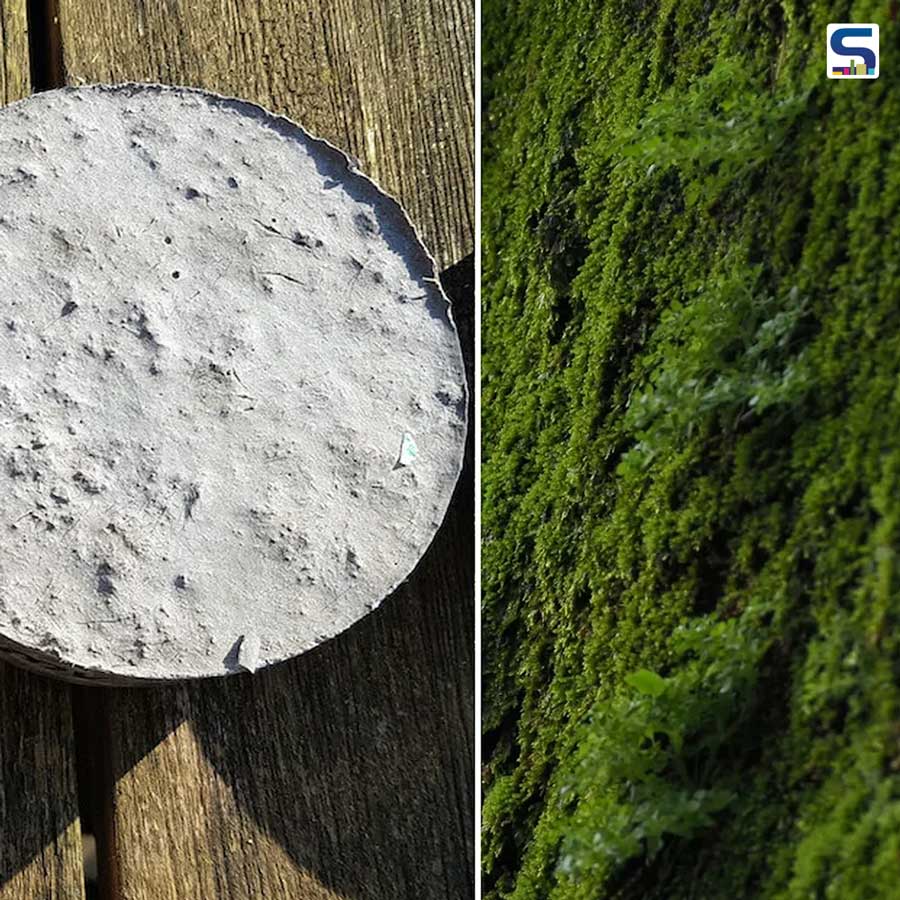
As global warming and urbanization continue to change our cities, architects and designers are preferring biophilic design to help lower its harmful effects. These effects lead to an increase in heat, decreased biodiversity, more need and use of water and energy for cooling, less water-retaining capacity, as well as pollution. To overcome these effects, the incorporation of greenery is a must. The delft-based Dutch company has designed an innovative eco-concrete solution- Respyre- for bringing nature to city infrastructure. The firm used bio-receptive technology to grow moss over any concrete casting. According to them, "Moss is well-suited for green facades as it has rhizoids instead of roots. Rhizoids are non-destructive, they mainly function as an adhesive, leaving the facade in perfect condition." SURFACES REPORTER (SR) brings more information about the product. Have a look:
Also Read: Biodegradable Concrete Blocks that Promotes Biodiversity in Cities | Green Charcoal Bricks
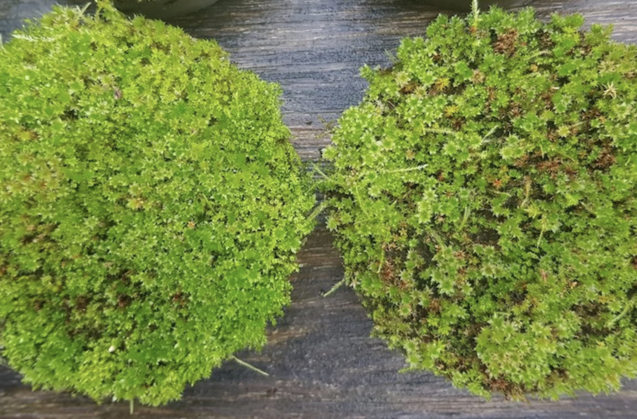 With an aim to offer a way to convert urban concrete jungles into places where plants can thrive, Respyre has created a bio-receptive concrete or eco-concrete that wraps any vertical area in moss and encourages low-maintenance plant life. “Reintegrating nature is crucial to making future-proof cities,” says bio-receptive concrete co-creator Auke Bleij.
With an aim to offer a way to convert urban concrete jungles into places where plants can thrive, Respyre has created a bio-receptive concrete or eco-concrete that wraps any vertical area in moss and encourages low-maintenance plant life. “Reintegrating nature is crucial to making future-proof cities,” says bio-receptive concrete co-creator Auke Bleij.
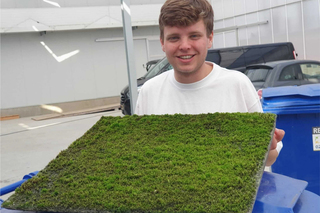
Auke Bleij, -Bio-Receptive Concrete Co-Creator
What is Eco-Concrete?
Made out of recycled concrete aggregates and other residual streams, Eco-Concrete is a bio-receptive concrete that accommodates the growth of moss. It has several characteristics that make it bio-receptive such as micropore texture, acidity and nutrients that are included in the mixture.
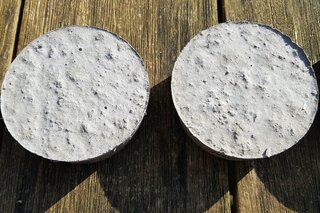
These attributes make it a perfect setting for moss to grow. One can use either a prefabricated concrete element or plaster or concrete poured on location.
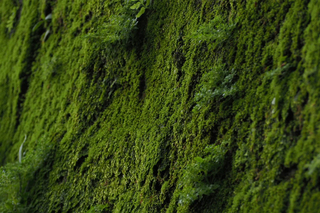
It means the product can not only use in the new projects but also can be incorporated efficiently into existing projects, which makes it a reasonable and low-maintenance way of incorporating nature into the urban environment.
Why Moss is A Well-Suited Solution for Creating Green Facade?
Moss is apt for creating green buildings as it contains rhizoids instead of roots. That means it can grow everywhere, at every height and orientation, without the need for seeds, nutrients, or water. It gets its nutrients from the air. Further, rhizoids act as an adhesive that does not cause any destruction to the wall and keeps the wall remains intact.
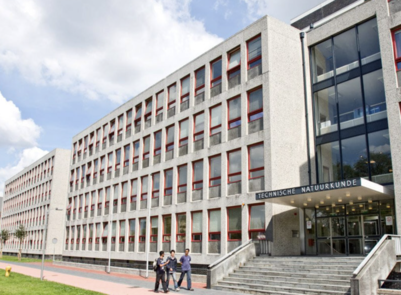
As moss does not grow into its substrate, it does not cause any harm to the underlying element and cleanses the air. It takes only a month to moss grow and cover the entire surface. With the help of evapotransipiration, moss retains water and keeps the structure cool.
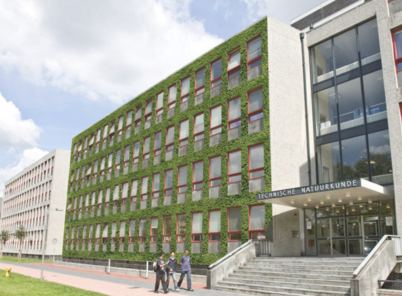 Further, the green facade protects the building from external forces such as strong air or harsh sun rays, which can contribute to increasing the life of the structure.
Further, the green facade protects the building from external forces such as strong air or harsh sun rays, which can contribute to increasing the life of the structure.
Also Read: World’s First Multipurpose Concrete Block Made from Recycled and Unrecyclable Plastic | ByFusion Global
Fully Self-Sustainable Solution
The firm believes that the other sustainable solutions such as creating green roofs or terrace gardens are not future-proof and hardly produce any cooling effects to the inhabitants. Further, they are high on maintenance and expensive. In that sense, Respyre's eco-concrete is fully self-sustainable and effective solution to keep the surroundings clean.
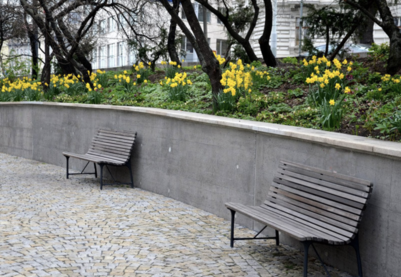
By creating this eco-concrete, the firm's aim was to help those who want to employ moss onto the surfaces of their projects, buildings, and architecture. By choosing the correct type of moss for the right environment, they can ensure that it will offer natural precipitation without extra intervention.
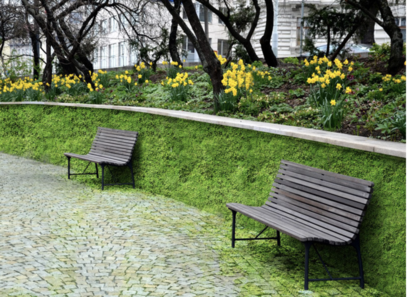 As per the firm, "By creating space for nature – in an otherwise barren environment – and integrating self-sustaining vegetation in an efficient, sustainable, and functional way, we want to bring cities to life. With bio-receptive concrete and moss facades, respyre empowers cities to breathe.’
As per the firm, "By creating space for nature – in an otherwise barren environment – and integrating self-sustaining vegetation in an efficient, sustainable, and functional way, we want to bring cities to life. With bio-receptive concrete and moss facades, respyre empowers cities to breathe.’
Project Details
Project Name: Bio-receptive concrete solution
Designer: Respyre
Source: https://gorespyre.com/
Keep reading SURFACES REPORTER for more such articles and stories.
Join us in SOCIAL MEDIA to stay updated
SR FACEBOOK | SR LINKEDIN | SR INSTAGRAM | SR YOUTUBE
Further, Subscribe to our magazine | Sign Up for the FREE Surfaces Reporter Magazine Newsletter
Also, check out Surfaces Reporter’s encouraging, exciting and educational WEBINARS here.
You may also like to read about:
First Concrete 3D Printed Houses Built For Indian Army Jawans | Military Engineering Services | Gujarat | SR Report
CarbonCure Helps Concrete Producers Add CO2 to Concrete to Reduce Carbon Footprint
And more…